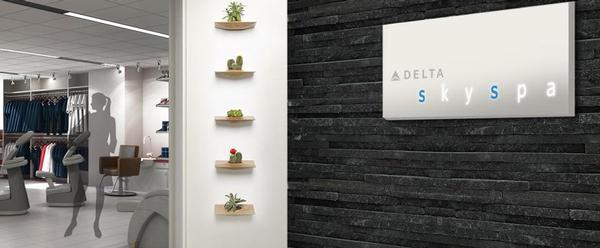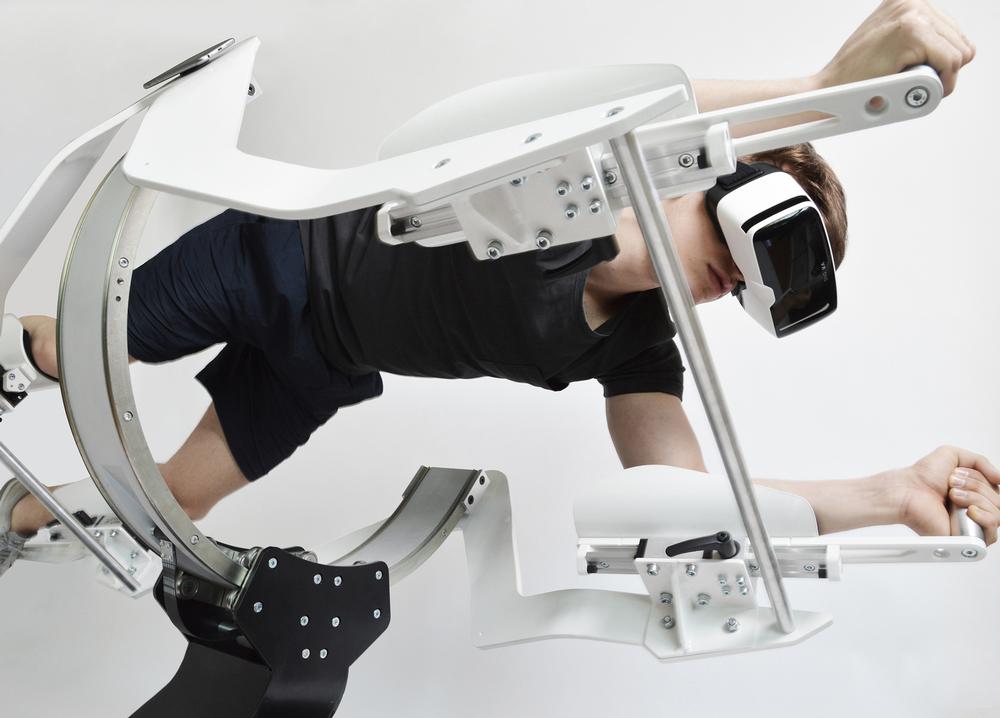In 2016, consumer expectations will accelerate faster than ever. The following five trends – presented in no particular order – represent some key expectations that should be on your radar in the coming months.
From new frontiers for tech-fuelled health and wellness, to innovative pricing plays, to new ways to seek and display status, opportunities abound for health and fitness clubs to discover new customers, build stronger relationships, and profit. Ready? Good. The race is on.
INSIDE OUT
By now, even the most backward-looking brands have realised that they must at least pretend to be interested in more than just making money. Today, a brand must be seen yo have a ‘mission’. So it must combine profit and purpose.
One way to do that? By rethinking what a good brand is and making meaningful, positive changes to its internal culture. After all, the love that brands extend to their staff will be reflected right back at them – by employees and consumers alike.
Plenty of big brands have embraced ‘Inside Out’ initiatives to address issues within their own culture.
In the wake of loud criticism over the way the tech industry excludes women and ethnic minorities, Intel committed US$300m to developing a more diverse workforce. Similarly, Starbucks – a brand often criticised for its treatment of low-paid staff – unveiled Home Sweet Loan, an initiative giving UK employees access to an interest-free loan to help pay deposits for rented accommodation.
Health and fitness brands should not only think about how they treat their own staff, but also how they can partner with other brands in order to better their corporate wellness programmes.
For example, Delta Airlines partnered with Xpress Spa on a series of employee-exclusive spa facilities, located at airport hubs across the United States. What are you able to give back?
CONTEXTUAL OMNIPRESENCE
Omnichannel has been the marketing buzzword for the past few years. Brands have laboured to make their presence – and offering – felt on every channel, at every moment. The problem? That’s an expensive strategy, and overwhelmed consumers are tuning out the noise. It’s time for a smarter strategy, focused on serving exactly the right consumer needs at exactly the right time.
But how? Connected objects provide ever-richer data on consumers’ preferences and habits, along with the infrastructure needed to reach them with personalised services. Don’t limit your product, service or experience distribution to traditional channels. Instead, think about where your consumer might need you – and get there before your competitors do.
Unorthodox brands are already exploring the possibilities of ‘Contextual Omnipresence’. Amazon’s Dash buttons let consumers re-order household products (from washing powder to toothpaste, dog food and more) with a single click. Durex’s #LoveBot sends introductory tweets to sad Twitter users when they publish updates with the broken heart emoticon.
For health and fitness brands, there’s a clear opportunity to reach unmotivated gym-goers when they’re contemplating a night on the sofa, or lapsed dieters about to purchase a mid-afternoon treat. The reward for brands? Consumers will appreciate a helping hand that comes at the right time. And they’ll look for it again.
STATUS TESTS
It goes without saying that health and status are intrinsically linked. But the pursuit of status is a complex affair and, in 2016, consumers will embrace a new type of exclusivity – an exclusivity that demands they prove their worth to the brands they desire.
Driven by consumers’ continued desire for brands that empower them to be the best version of themselves, this is a trend that goes far beyond high price tags. By demanding new forms of loyalty or higher levels of commitment, brands can actually foster a stronger emotional connection.
Consider: New York-based record label UNO NYC launched W.B.R.R. (Williamsburg Bridge Radio), an app broadcasting music that’s only accessible when runners are crossing the Brooklyn Bridge. Trading on an individual’s self-motivation, one track ‘pushes’ runners across the bridge, while another winds them down on their return.
It’s worth remembering that exclusivity (and the status boost that brings) is even better when it’s converted to tangible rewards. In China, Lee Jeans promoted a range of heat-retaining denim by encouraging consumers to explore their city. Movements were tracked using a GPS-enabled app, and accumulated points could be exchanged for products. Think about how you can ask consumers to prove their worth – just remember to reward participants for their efforts!
PERSPECTIVE SHIFTS
As crowdfunding platforms bump up against an unending stream of (often digital) innovations that disrupt old business models, consumer attitudes to price remain malleable and unpredictable. In 2016, smart health and fitness brands will consider ways to reposition products or services and shock consumers into a radically new perspective on the value a product service or experience offers.
Think about the pricing conflicts that exist within the consumer mindset. Those who access free fitness videos on YouTube (instead of shelling out for a personal trainer) often have a wardrobe filled with expensive performance wear. Price, and the meaning of value, has shifted.
Challenge these new viewpoints by reframing an offering as an entirely different product: Dutch budget airline Transavia sold tickets as branded packets of crisps and chocolate bars in vending machines, and in the process equated the purchase decision with casual grocery store spends.
US-based Stockpile offers gift cards that reframe thinking around buying shares. The start-up’s gift cards cost between US$1-US$1000, and can be redeemed for shares (or a fraction of a share) in NYSE-traded companies. What pricing conventions will you challenge in 2016?
VIRTUAL ACTUALISATION
2016 is poised to be the year that virtual reality (VR) shifts from niche to mainstream, assisted in part by the official release of the long-anticipated Oculus Rift. But – as ever – new technologies have little value for consumers unless they serve their needs in useful ways. For the health and fitness industry, that means super-charged self-improvement and more efficient ways to track, meet and beat fitness goals.
The Quantified Self movement offered consumers a new, tech-powered route to self-improvement. But now, many fitness fans want to explore new dimensions of personal growth that can’t be tracked by a wristband. Now, they seek health-tech that’s holistic and wholly immersive. Just one example: Icaros, which debuted in October 2015. The workout station pairs with a VR headset to allow users to experience ‘flight’ through a range of virtual reality environments. Muscles in the shoulders, back, abdominals and legs are activated as the user ‘steers’ the experience.
And as health continues to be as much about maintaining a healthy mind as a healthy body, there’s room for VR meditation experiences that expand and challenge cognitive processes. Guided Meditation VR is a customisable meditation experience that immerses users in a series of relaxing locations, from tropical beaches to beautiful sunsets; similarly Cerevrum, whose brain training games improve memory, attention and speed of perception.
TO SUM UP…
This is just a snapshot of some of the trends that are expected to impact the consumer arena in the coming year. The challenge for you is to absorb these game-changing innovations, and then adapt and apply them to meaningful ideas that you can own and run with.
Of course, we’re not saying that it will be easy – but we do promise that it will be fun and, most importantly, profitable, for your health and fitness operations!

























































